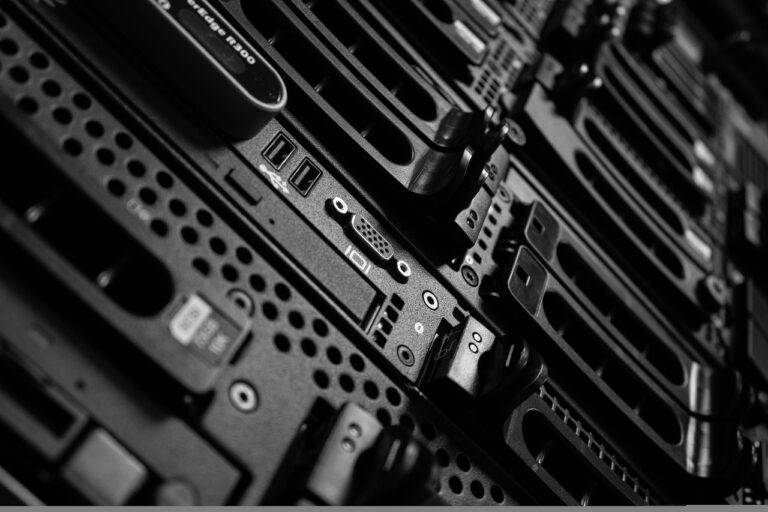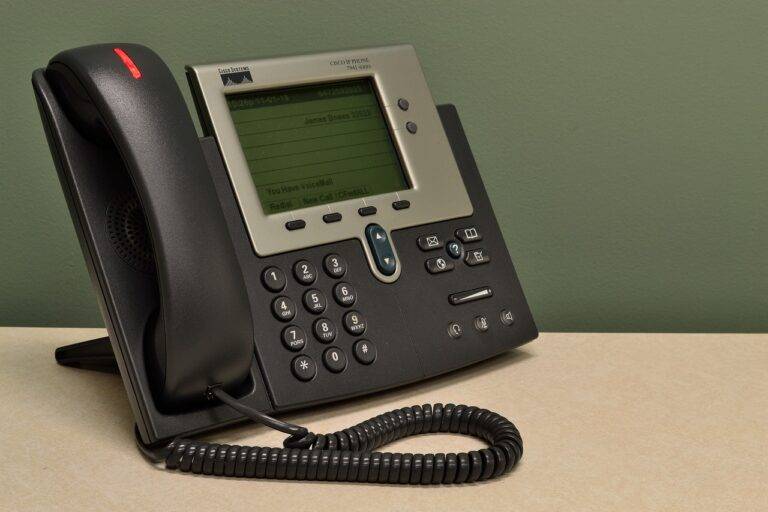The Future of Tech in Industrial Design
The rapidly evolving landscape of technology is significantly transforming the field of industrial design. With the advent of advanced software tools like virtual reality (VR) and augmented reality (AR), designers now have the ability to create immersive and interactive prototypes in a virtual environment. This not only enhances the design process but also allows for more efficient collaboration among team members and stakeholders.
Moreover, the integration of 3D printing technology in industrial design has revolutionized the way products are conceptualized and manufactured. Designers can now swiftly iterate through different design iterations, allowing for more experimental and innovative approaches. Additive manufacturing has also opened up new possibilities in material selection and customizations, making it easier to create complex and intricate designs that were previously impossible using traditional manufacturing techniques.
Innovations in Materials and Manufacturing Processes
Advancements in materials science have revolutionized the way products are designed and manufactured in various industries. From the development of new composite materials with enhanced strength and durability to the use of 3D printing technology for rapid prototyping, manufacturers now have a wide array of options to choose from when selecting materials for their products. These innovations have not only improved the performance and quality of goods but have also paved the way for more sustainable and eco-friendly manufacturing processes.
In addition to materials, advancements in manufacturing processes have also played a crucial role in shaping the industrial landscape. Automation, robotics, and the Internet of Things (IoT) have enabled manufacturers to streamline production, reduce costs, and increase efficiency. Furthermore, new techniques such as additive manufacturing and modular production systems have optimized the workflow and allowed for greater flexibility in customization. These innovations continue to push the boundaries of traditional manufacturing, leading to more efficient and agile production processes.
What are some examples of emerging technologies impacting industrial design?
Some examples include additive manufacturing (3D printing), advanced robotics, artificial intelligence, and the Internet of Things (IoT).
How are innovations in materials and manufacturing processes changing the way products are made?
Innovations in materials and manufacturing processes are enabling the creation of products that are lighter, stronger, more durable, and more sustainable. They are also speeding up the production process and reducing costs.
What are some benefits of using advanced materials in manufacturing?
Advanced materials can improve product performance, increase efficiency, reduce waste, and lower maintenance costs. They can also open up new design possibilities and help companies stay competitive in the market.
How is additive manufacturing revolutionizing the manufacturing industry?
Additive manufacturing, or 3D printing, is revolutionizing the manufacturing industry by enabling the production of complex geometries, reducing material waste, and allowing for rapid prototyping and customization.
What role does artificial intelligence play in modern manufacturing processes?
Artificial intelligence is being used in modern manufacturing processes to optimize production schedules, predict maintenance needs, improve quality control, and enhance overall efficiency in the manufacturing environment.





